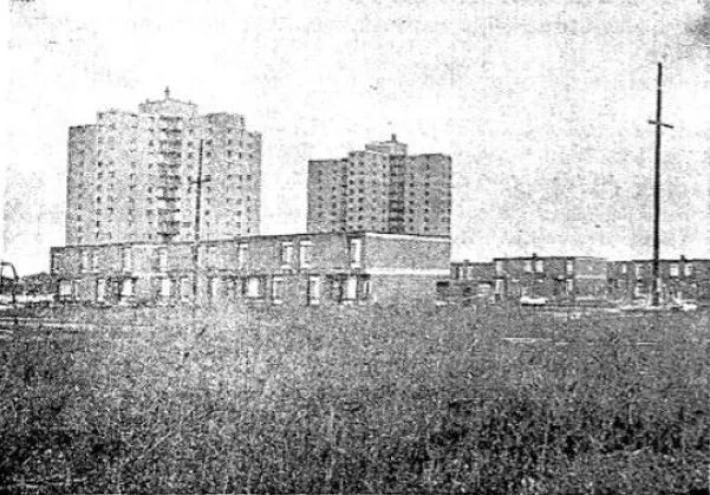Khaleel and Hanlon Publish on Single-Family Rental and Housing Access
PhD Candidate Sahar Khaleel and Associate Professor of City and Regional Planning Bernadette Hanlon recently published “The rise of single-family rentals and the relationship to opportunity neighbourhoods for low-income families with children” in Urban Studies.
Khaleel and Hanlon investigated if the rise of single-family rentals provided more housing choices for renter families with children and if a greater number of single-family rentals provided low-income families more access to neighborhoods with high- or moderate-opportunity education. Their findings suggest that the rental burden prevents families with children in poverty from accessing opportunity neighbourhoods, and that the Housing Choice Vouchers programme doesn't help.
Single-family homes make up a significant portion of the rental housing market in the United States. Single-family rentals grew significantly in recent years, especially with the emergence of large-scale investors in the single-family rental market. We investigate if the rise of single-family rentals provides more housing choice for renter families with children, and if a greater number of single-family rentals provides low-income families with children with access to neighbourhoods with high- or moderate-opportunity education. We utilise the Child Opportunity Index to identify low-, moderate- and high-educational opportunity neighbourhoods and, using both binomial and multinomial logistic regression, examine the relationship between the rise in single-family rentals and neighbourhood opportunity access. We find growth in single-family rentals provides more rental alternatives for families with children but does not provide families with children in poverty access to high- or moderate-opportunity neighbourhoods in education. Growth in single-family rentals does provide access to high opportunity for near-poverty families with children (150–185% of poverty), but only when there are few of these kinds of families and when there are large increases in single-family rentals.
Learn more at Urban Studies




